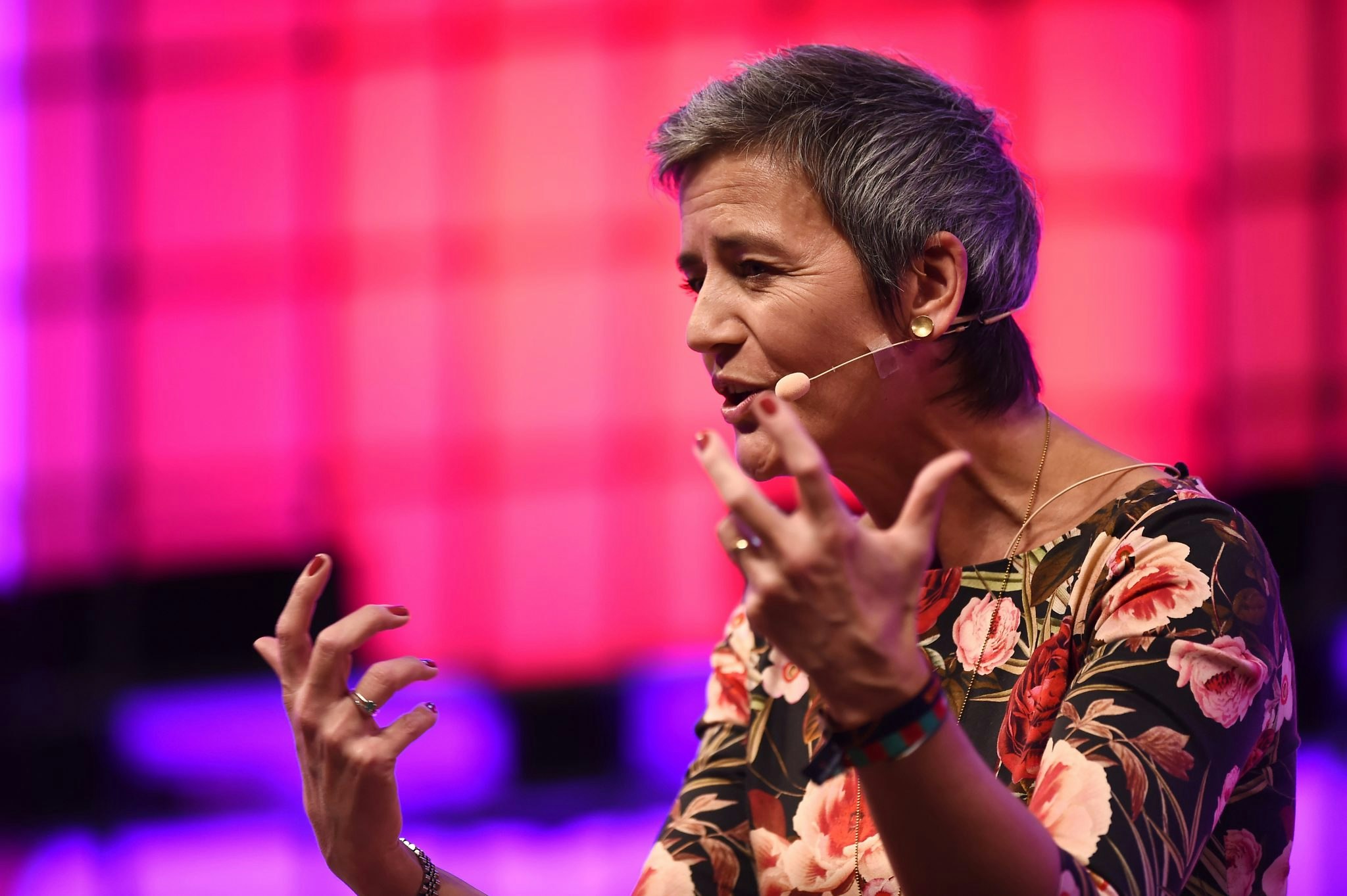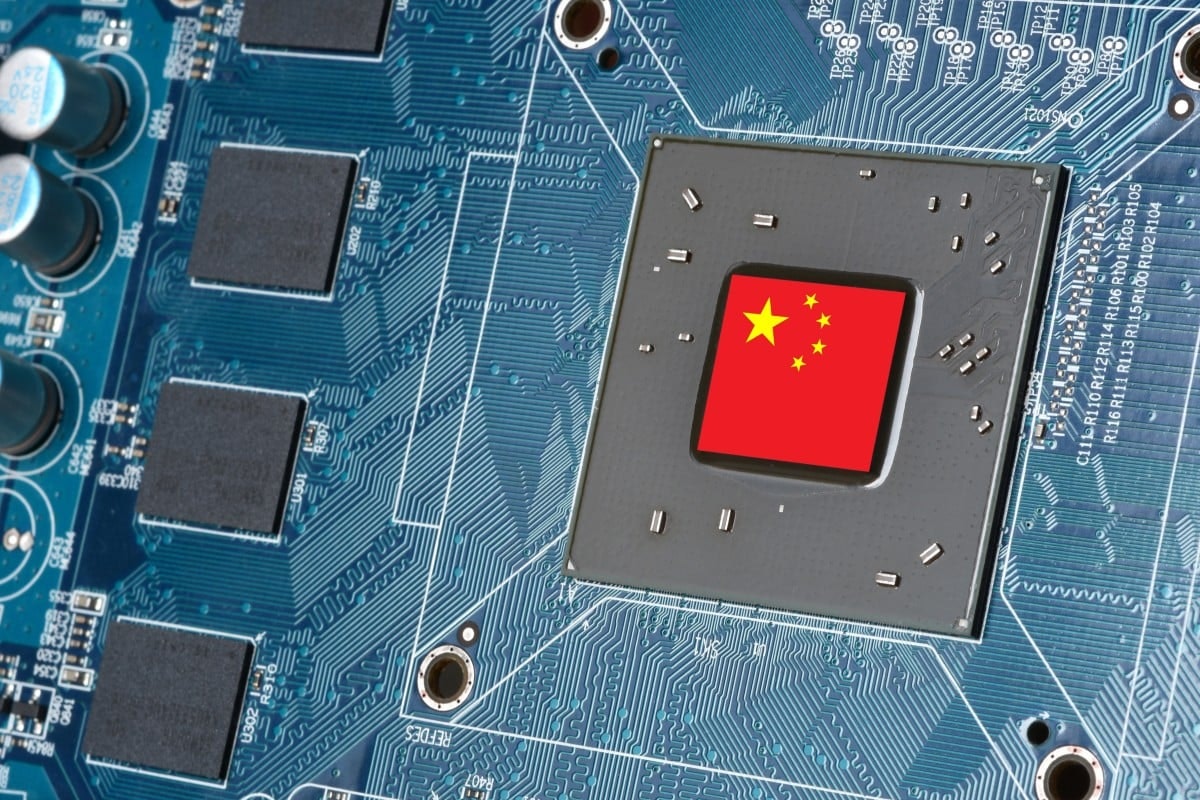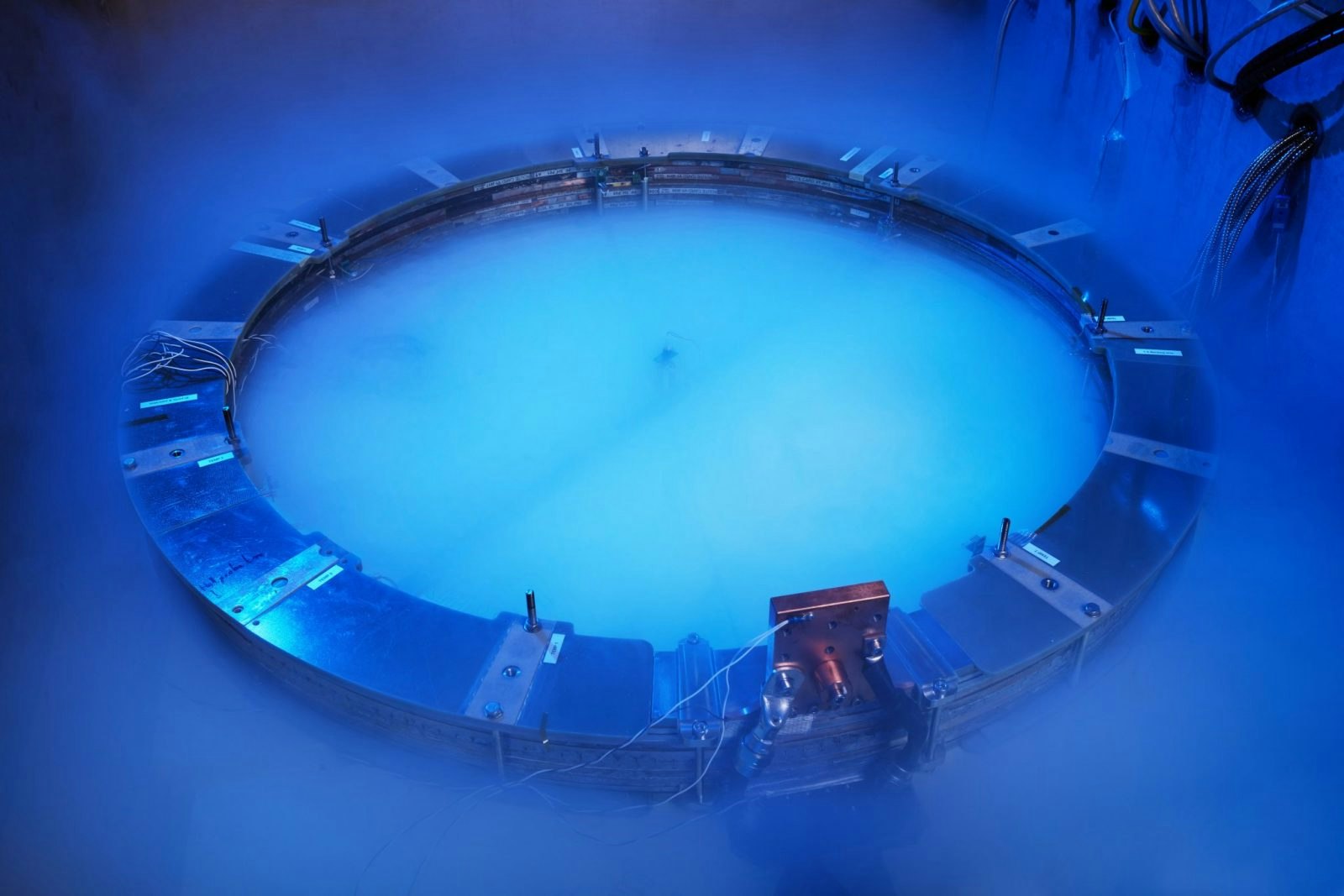Europe’s not very good at building major deeptech companies. The continent has a thriving early-stage ecosystem and limitless potential but we’ve created few globally significant giants in the past decade.
I’d argue that our problems are most acute in the growth phase. Specifically: we haven’t created a template for what a successful European deeptech business looks like from Series B onwards.
Having a template will make it easier for companies to raise — given that many of the region’s VCs are still uncertain of how to look for potential in deeptech. And it will move us closer to creating the Desktop Metal, SpaceX and IonQs of tomorrow.
European deeptechs are raising growth rounds from US and Asian investors
A lack of homegrown deeptech giants in Europe isn’t a new challenge — Sifted alone has articles going back to 2018 lamenting the state of European deeptech. It has, however, become more pressing over the last 12 months. The post-Covid era has moved deeptech like AI and semiconductors from economic opportunities to issues of technology sovereignty and even future survival. The challenges of climate change and food security won’t be solved without deeptech solutions.
Countries, led by the US and China, are racing to lead in those technologies and reap the strategic rewards that come with them. The US has imposed significant controls on tech exports to prevent Chinese companies from developing advanced semi-conductors; the 2019 EU chip act laid out the basis to build Europe’s own, independent chip industry; and in the UK, the government has pulled out all the stops to convince ARM to list on the LSE and reversed the sale of chip maker Newport Wafer Fab to a Chinese owner.
In the case of strategic technology such as semi-conductors, it is in Europe’s interest to encourage local investors who have the region’s future in mind
But deeptech businesses staying in Europe still aren’t, on the whole, raising growth rounds from European investors. Europe’s standout deeptech businesses reached unicorn status thanks to investors beyond Europe.
Graphcore’s Series C was led by Sequoia (its China and USA offices) before the company achieved unicorn status at Series D, and Agile Robots secured its unicorn-cementing Series C round from SoftBank, to give two examples. In the case of strategic technology such as semiconductors, it's in Europe’s interest to encourage local investors who have the region’s future in mind.
What a Series B+ deeptech company needs to look like to raise in Europe
So what does a deeptech Series B+ company need to look like to raise in Europe? And do we have the capabilities and appetite to service this funding need? It's a question that seems difficult to answer.
When European investors talk about what a great Series B+ company looks like, they are pattern-matching the successes they’ve been close to. The problem is that European successes are overwhelmingly in the consumer or software space. Look at the list of Europe’s biggest VC-backed exits: Supercell (gaming), Skype (software), Yandex (search engine), Rocket Internet (startup studio) and King (gaming).
There is a certain comfort to B2B SaaS and consumer metrics. They are clearly trackable at every stage of the business journey, and many VCs in these spaces will list on their homepages what they expect at each stage of growth.
In contrast, the joy and the terror of deeptech is that it covers everything from novel algorithms to space rockets to advanced materials. In a recent article by Sifted highlighting 18 deeptech unicorns, none of the companies were in the same vertical, never mind pursuing the same benchmarks, revenues or business models.
So I can’t give you a uniform answer on the metrics to pursue, but here is a framework for where companies should be when they raise Series B:
- Have an experienced management team fit with the key roles within the C-suite of CEO, CTO, CPO, COO and CFO.
- Have a strong, established research base alongside continued searching for world-class technical talent.
- Have robust technology that has been validated and is working “in the wild”.
- Have achieved productisation and has the economics to both build and sell at scale.
- Developed strong market proof points, though not necessarily revenues. For example, they’ve been working with end customers since inception to ensure their innovations are meeting real-world customer demands and they're achieving product-market fit.
- Demonstrated that their technology can be a platform for a range of high-value products, services or further innovation.
A small number of homegrown successes will make an outsized difference
The problem is, these are qualities not metrics, and the European investors with the money to meet deeptech companies’ needs don’t have the knowledge or experience needed to identify them within those businesses.
It's particularly hard to corral a group of investors without an evident lead, and some funds won't commit until a 'lead' is identified
This is all to the detriment of Europe’s deeptech businesses. With such a wide range of technologies to look at, and no patterns to follow, the vast majority of European VCs can’t support true deeptech (in particular hardware), despite widespread recognition of its ability to drive outsized returns. There’s a gap in the capital available in Europe.
Large rounds in Europe (ie. in excess of £30m) need a collection of investors doing smaller cheques, but it's particularly hard to corral a group of investors without an evident lead, and some funds won't commit until a "lead" is identified. So, the charm of more internationally sized pockets is especially tempting, explaining why businesses like Graphcore & Agile Robots look further abroad for funding.
While bigger pockets and greater understanding are needed for Europe to grow real deeptech giants, this is a world where success is self-propelling. A small number of homegrown successes backed through their journey by European VC will create templates that make it easier for the next generation to secure funding and grow. Before we know it, Europe’s deeptech flywheel will be spinning.
Zoe Reich leads Octopus Ventures’s deeptech team for early-stage companies, and Amy Nommeots-Nomm is an investment associate on the team.


